The Renaissance, a period spanning from the 14th to the 17th century, has been hailed as one of the most transformative eras in human history. Originating in the city-states of Italy, particularly in Florence, this cultural movement left an influence on art, science, politics, and more.
However, its influence on interior design and architecture is undeniable and still resonates today. For an interior design enthusiast, the Renaissance presents a trove of ideas that have seamlessly transitioned from the grand palaces of Europe to the modern homes of today.
Let’s look at the journey from the heart of Florence to the modern homes, exploring the beauty and richness of Renaissance design inspirations.
1. The Renaissance Spirit
Before we delve into the specific elements of Renaissance-inspired interiors, it's crucial to understand the essence of this era. The term ‘Renaissance’ means ‘rebirth’, and this period saw a renewed interest in the aesthetics and values of classical antiquity, especially Roman and Greek arts and ideas. Scholars, artists, and architects of the era sought to harmonize the knowledge of the ancients with their own contemporary experiences.
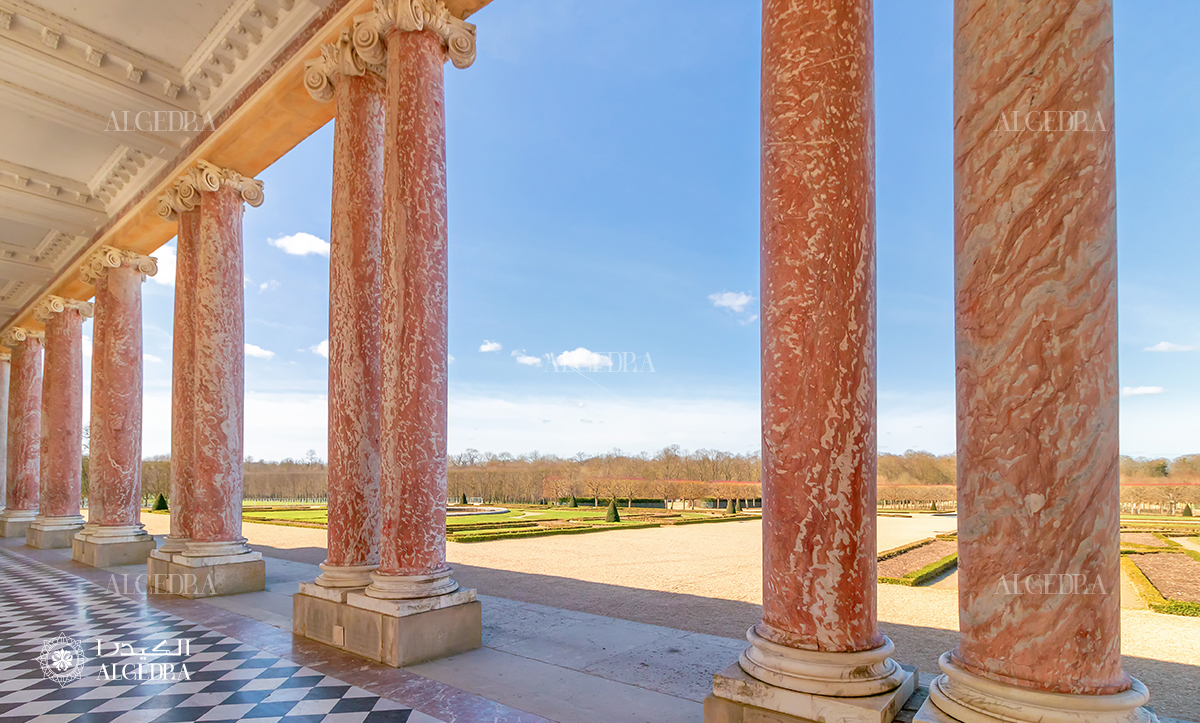
2. Architectural Brilliance
Renaissance architects like Filippo Brunelleschi and Leon Battista Alberti emphasized symmetry, proportion, and geometry. They sought to create buildings that resonated with human scales and had a clear sense of order and harmony.
1. Symmetrical Facades: The exteriors of Renaissance buildings typically featured symmetrical and balanced facades. This design approach is still prevalent in many modern homes that opt for a more timeless, classic look.
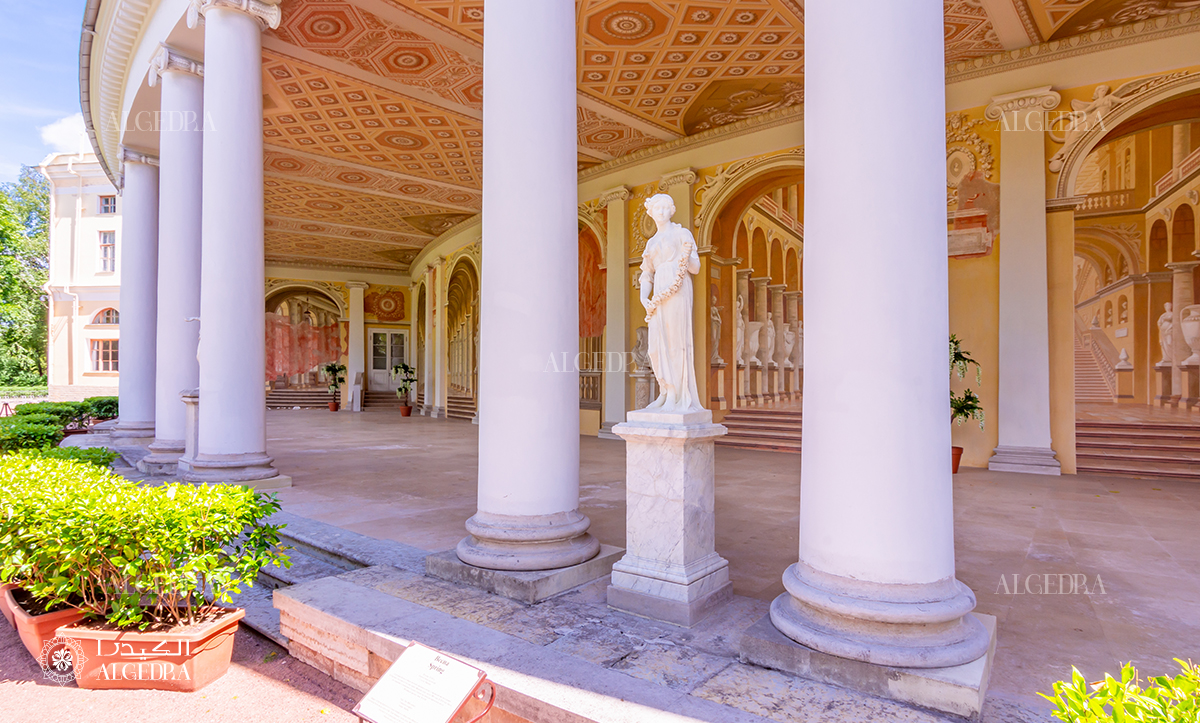
2. Columns and Pilasters: Drawing inspiration from Greek and Roman structures, Renaissance architecture frequently incorporated columns and pilasters. These not only provided structural support but also added to the aesthetic beauty of buildings.
3. Domes: Brunelleschi's dome for the Florence Cathedral is a stellar example of Renaissance ingenuity. Today, domed ceilings and spaces are reminiscent of this architectural marvel and can be seen in luxurious homes and spaces.
3. Interior Design
The interiors of Renaissance homes were characterized by grandeur, spaciousness, and a meticulous attention to detail.
1. Frescoes: Grand wall paintings, or frescoes, were prevalent during the Renaissance. They depicted religious scenes, mythological tales, or intricate patterns. In a modern setting, a statement wall with a hand-painted mural can emulate this classic style.
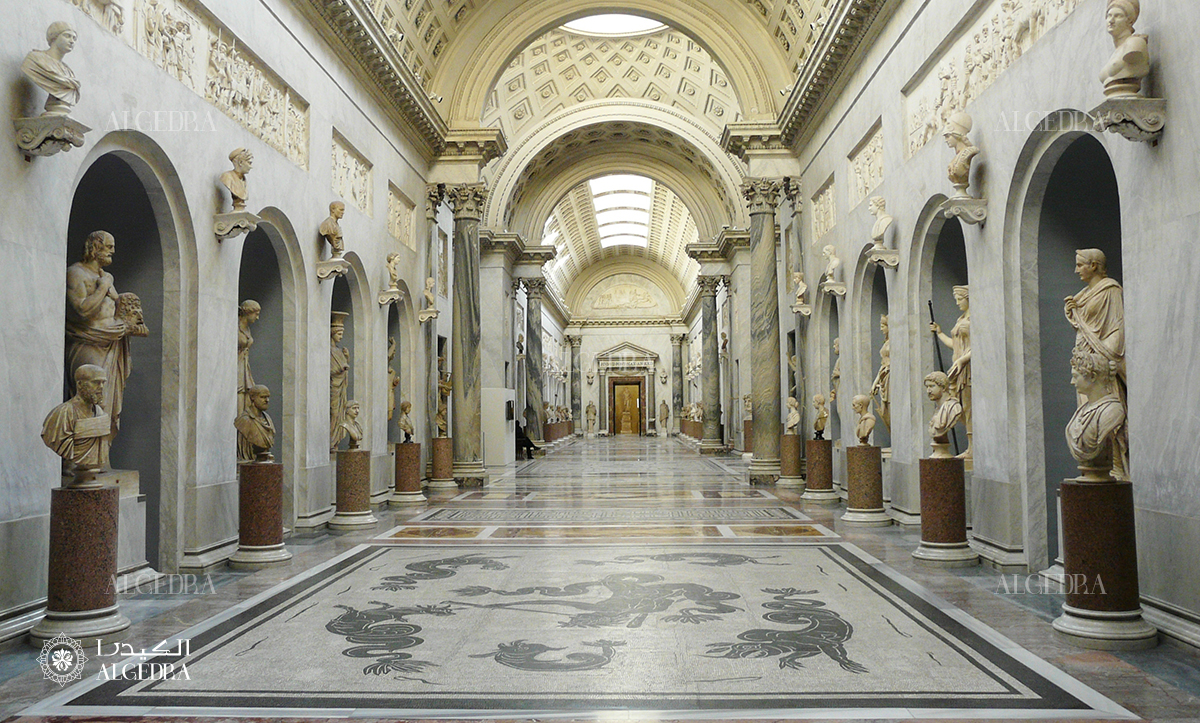
2. Ornate Ceilings: Ornate and intricately designed ceilings were a hallmark of this period. Modern homes often incorporate coffered ceilings, gilded details, or painted scenes to capture the essence of the Renaissance era.
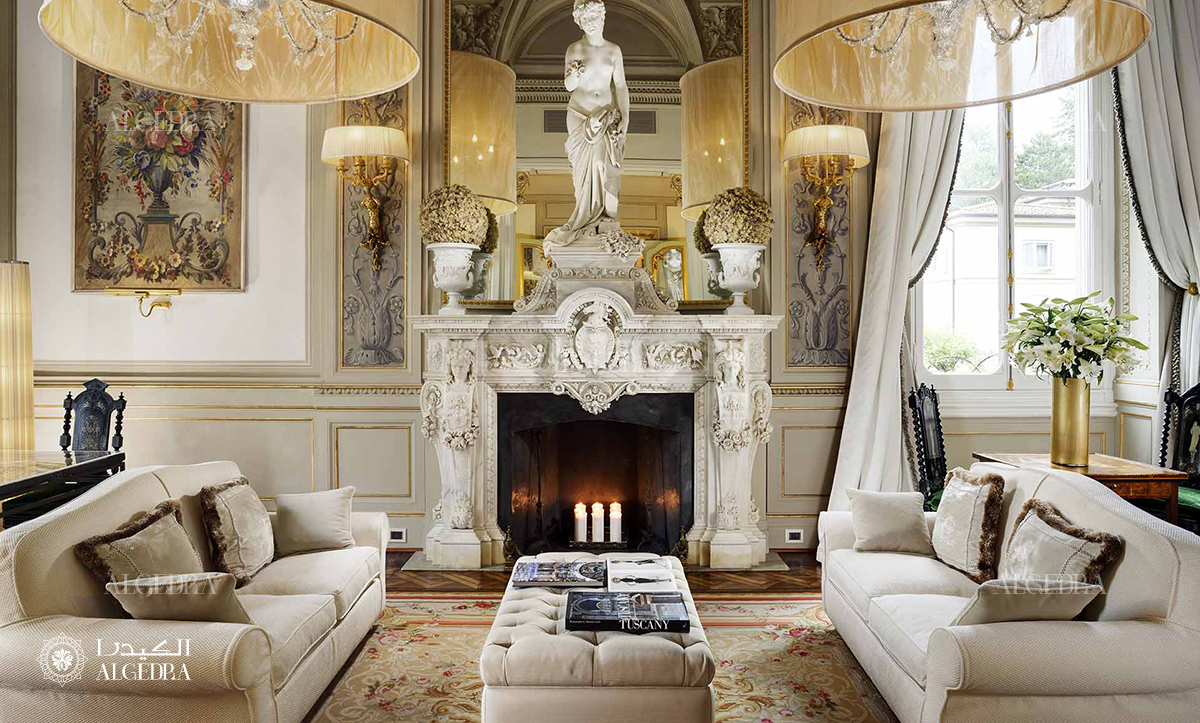
3. Geometric Patterns: Whether on the floors with detailed tile work or on walls with wood panels, geometric patterns added depth and interest to the interiors. Today, patterned tiles or parquet flooring can be a nod to this design trend.
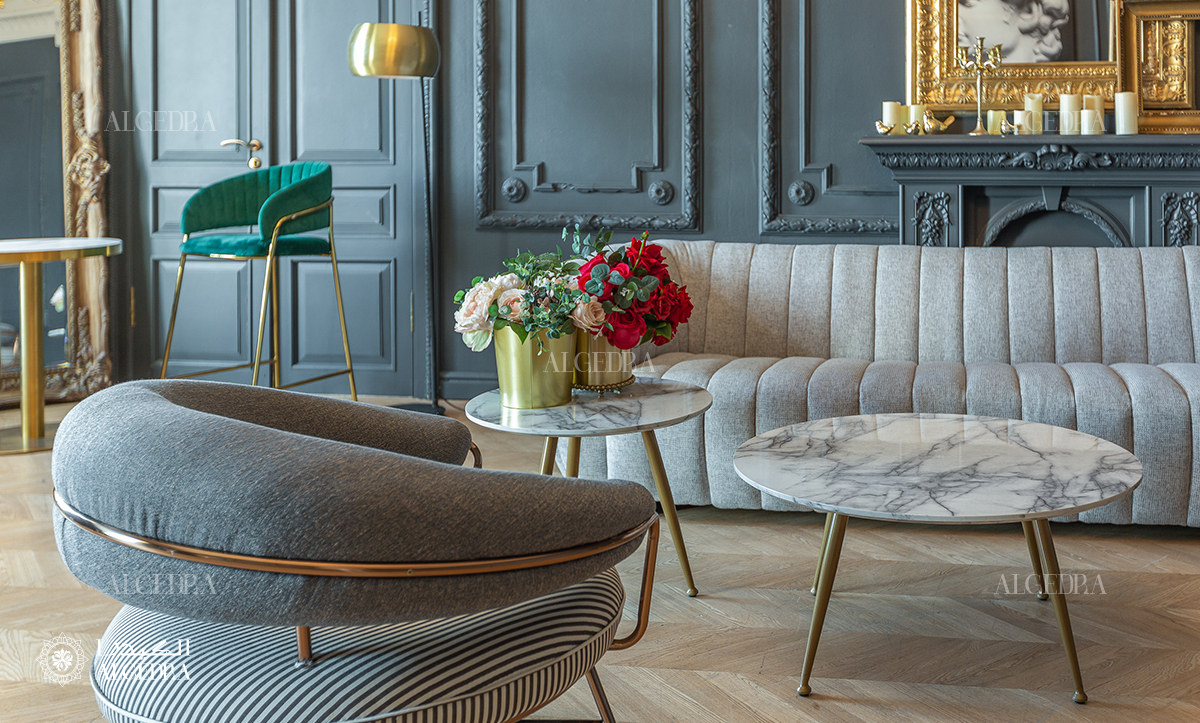
4. Use of Rich Materials: The Renaissance was an age of opulence. Rich materials like velvet, brocade, and silk were used for drapery and upholstery. Similarly, marble, especially Carrara marble from Tuscany, was widely used for floors and countertops. These materials can add a touch of classic luxury to contemporary homes.
4. Furniture and Accents
Renaissance furniture pieces were sturdy, ornate, and exquisitely crafted. Common features included intricate carvings, inlaid designs, and the use of expensive woods like walnut.
1. High-backed Chairs: These chairs, often with carved armrests and legs, were a symbol of status. In modern homes, they can act as statement pieces in a living room or study.
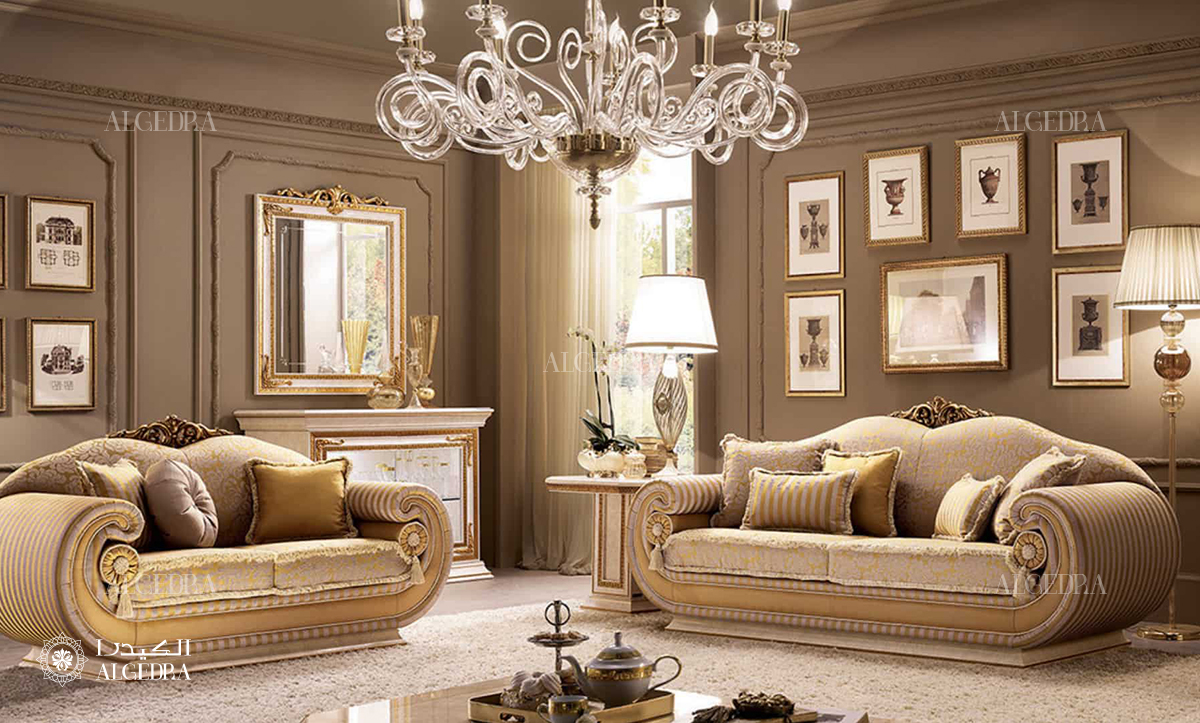
2. Credenzas and Cabinets: These were essential storage pieces, often with ornate designs and inlays. Modern cabinets inspired by Renaissance designs can add both function and form to contemporary spaces.

3. Heavy Drapery: Windows were often draped with heavy curtains, often in rich hues. Velvet or brocade curtains with tassels or gold embroidery can capture this look in today's interiors.
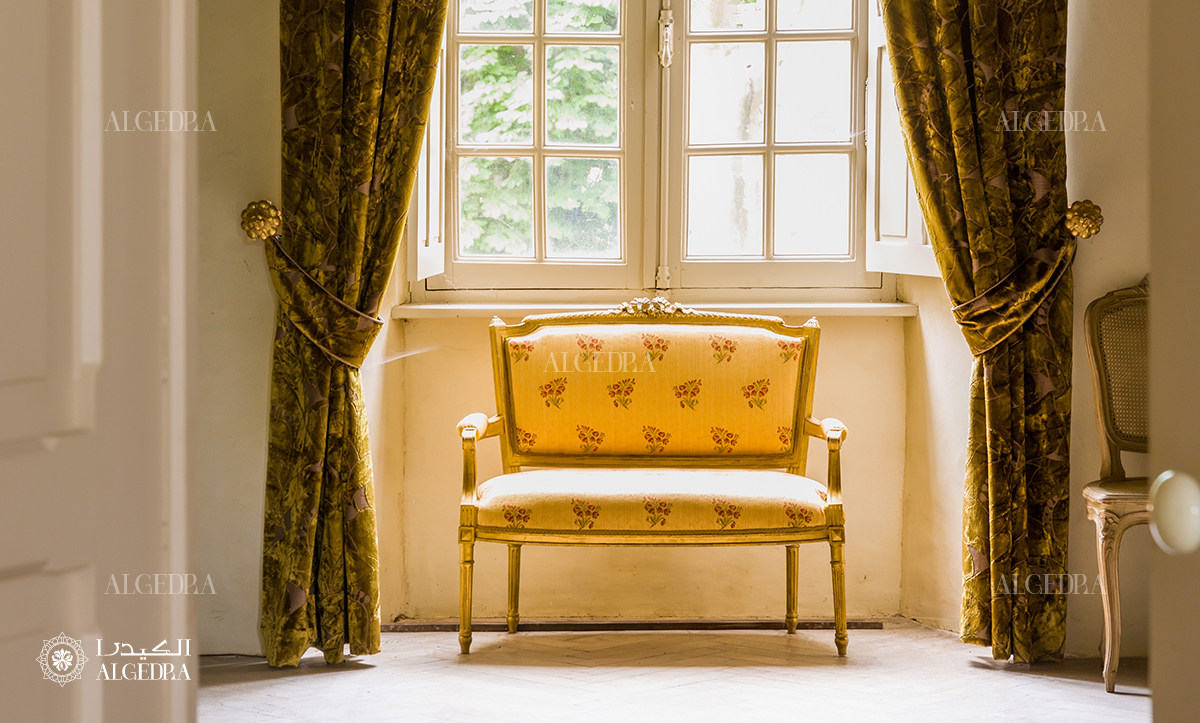
4. Decorative Accents: Bronze statues, ornate mirrors, and tapestries were used to embellish spaces. Incorporating such decorative elements in a modern setting can evoke a sense of classic elegance.
5. Gardens and Outdoor Spaces
Renaissance gardens were designed as extensions of the indoor living space. Symmetry, proportion, and a sense of order defined these spaces. Geometrically arranged plants, decorative fountains, and sculptures can transform modern gardens or patios into Renaissance-inspired retreats.
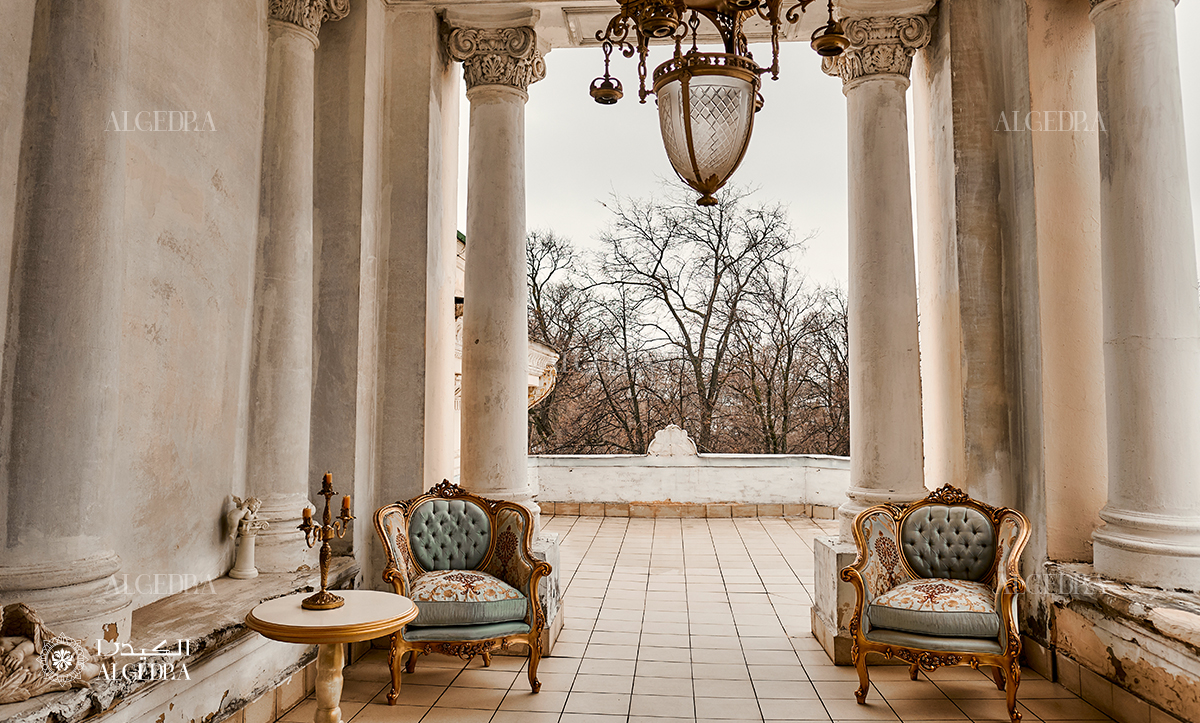
6. Incorporating Renaissance Elements in Today’s Homes
For those looking to blend Renaissance elegance into their homes, it's not about mimicking the era in its entirety but rather about drawing inspiration and adapting it.
1. Harmonious Blending: Mix Renaissance elements with contemporary pieces for a balanced and harmonious look.
2. Color Palette: Opt for rich, deep hues such as burgundy, emerald, navy, or gold. Complement these with neutral shades for balance.
3. Artistic Additions: Incorporate art pieces reminiscent of the period. Think of classic paintings, busts, or pottery.
4. Architectural Elements: Consider adding moldings, wainscoting, or archways to echo the architectural details of the Renaissance.

Conclusion
From the historical streets of Florence to the heart of modern homes, the Renaissance continues to inspire and captivate. Its emphasis on harmony, balance, and beauty transcends time, offering endless design inspirations.
As you look to blend your spaces with a touch of this glorious past, remember it's about capturing its essence, adapting it to modern sensibilities, and making it uniquely yours. Embrace the timeless charm of the Renaissance and let it illuminate your home with its enduring glow.
Contact us about your interior design projects, and let us realize your dream into a reality.